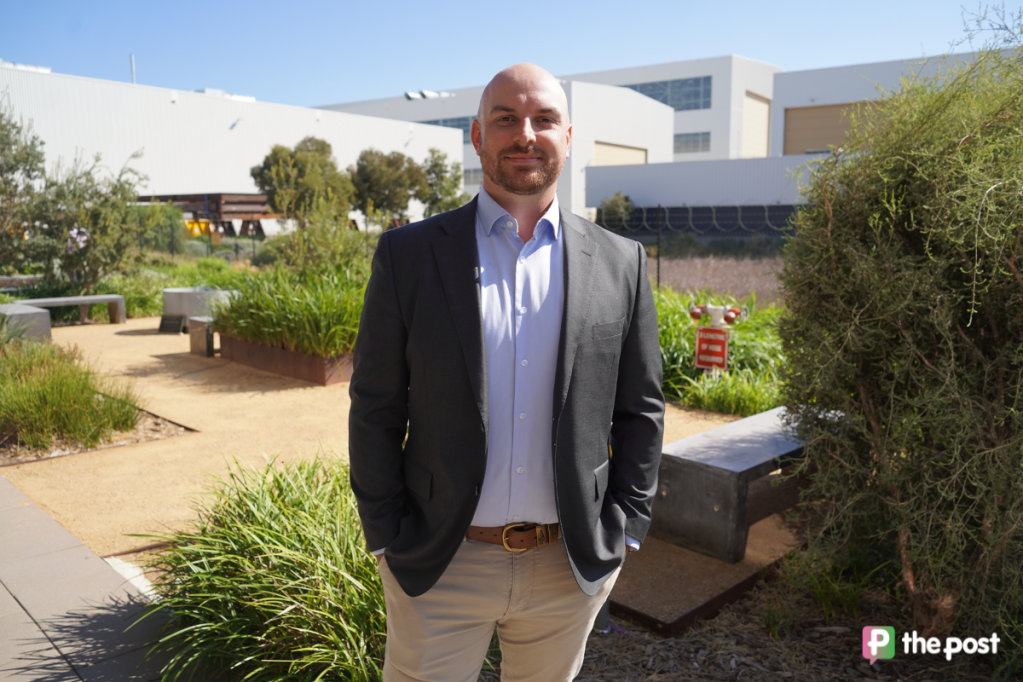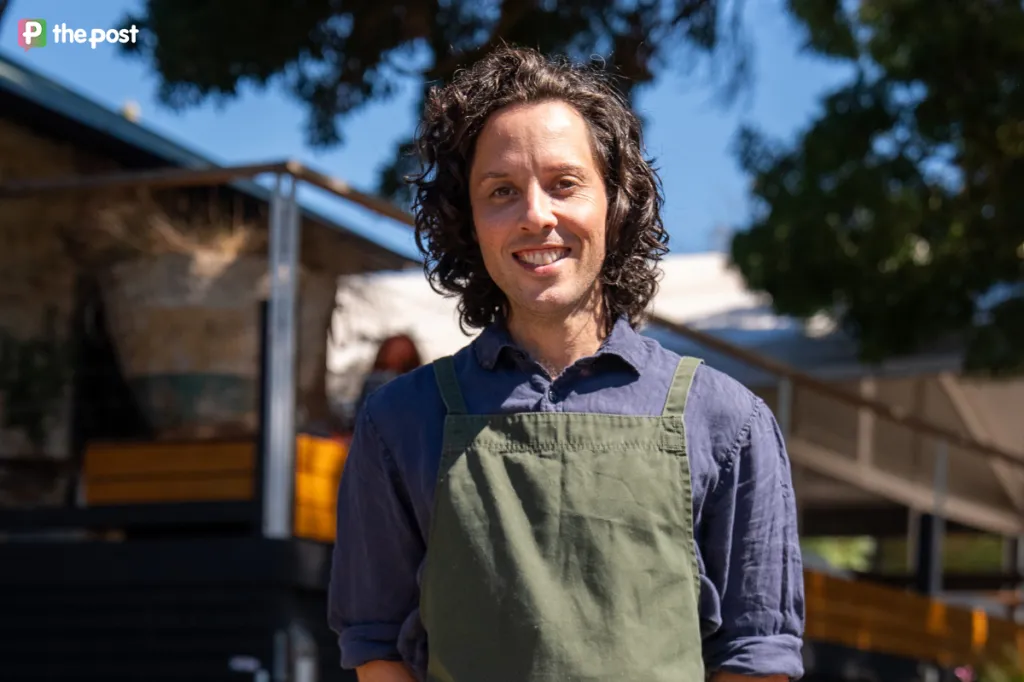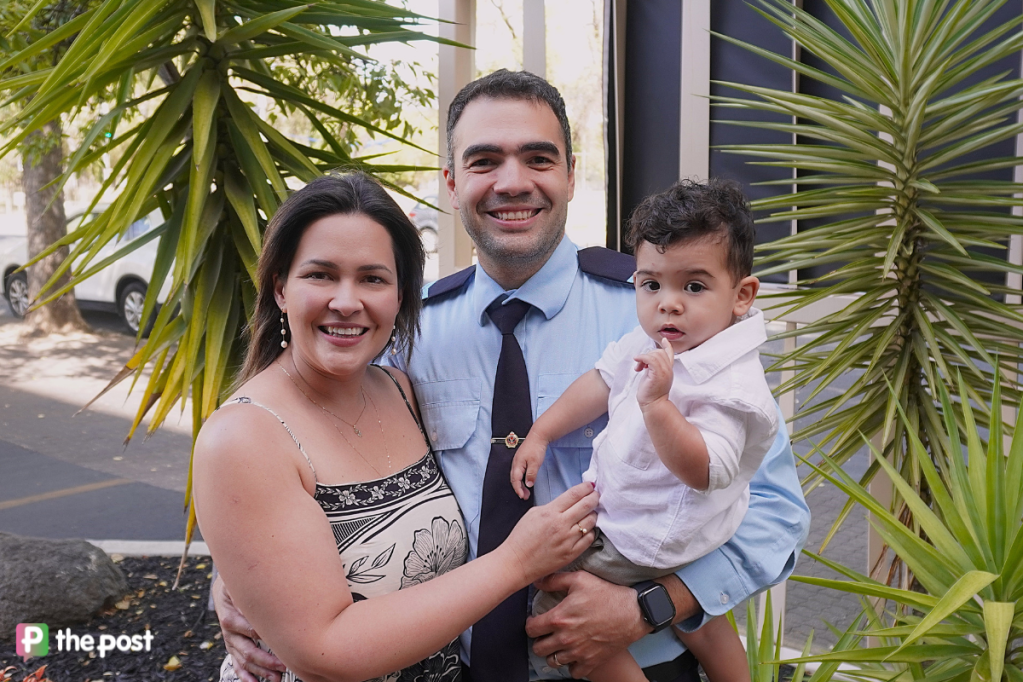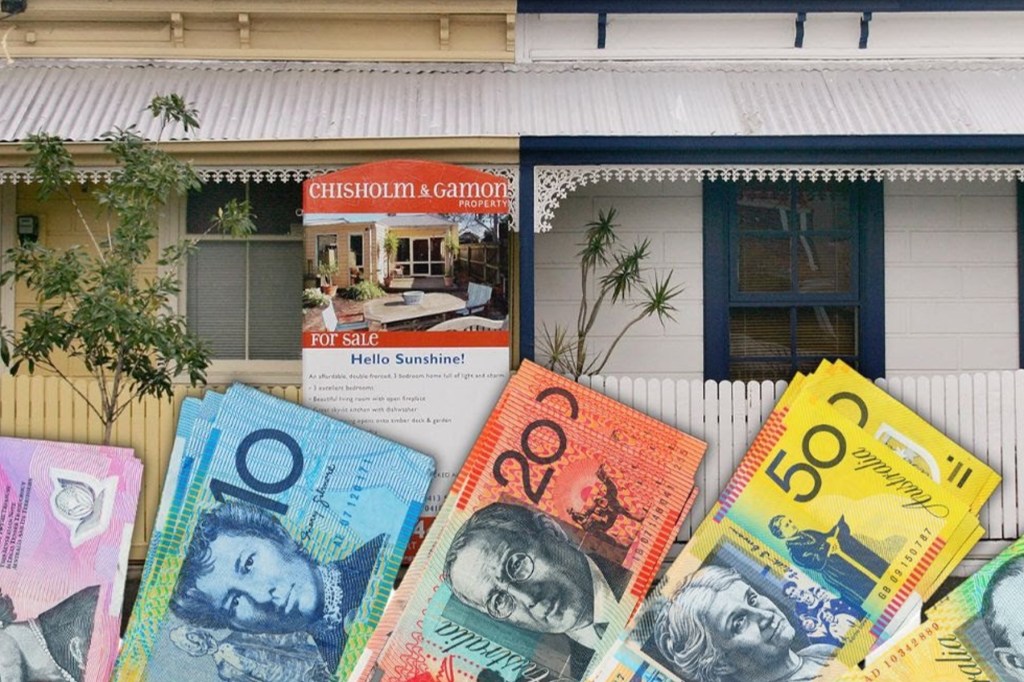Dutton reveals tax hike plan to fund defence splurge
Peter Dutton has revealed the Coalition would use higher income taxes to help pay for its pledge to dramatically boost defence spending.
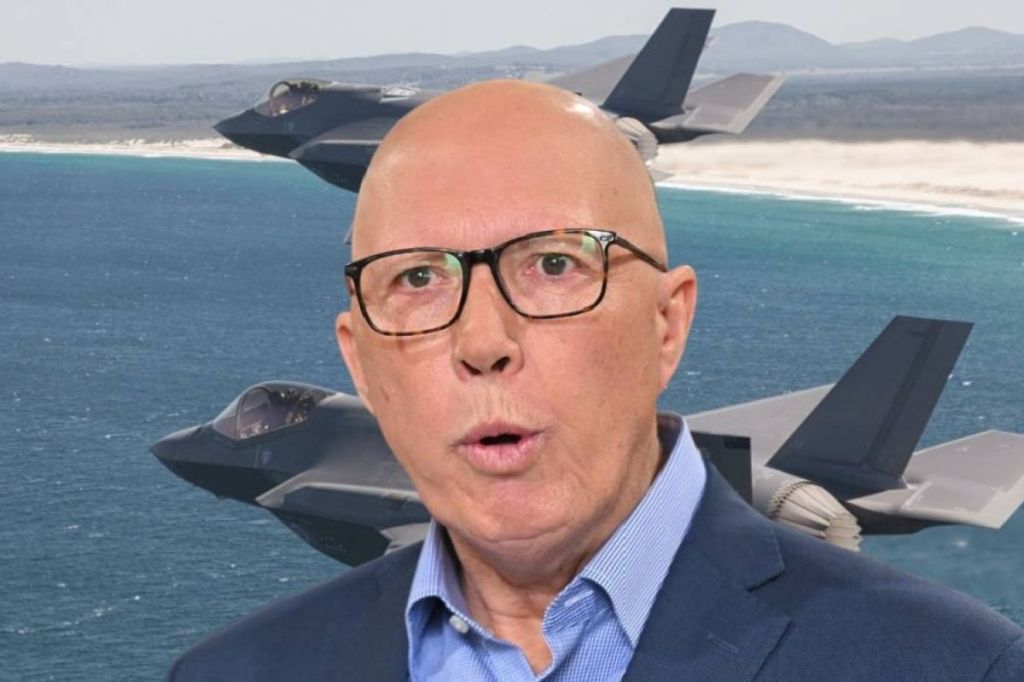
The Opposition Leader on Wednesday unveiled a long-awaited plan to increase spending on national security, pledging an extra $21 billion over the coming five years.
The funding would lift the nation’s defence outlay to 2.5 per cent of Australia’s gross domestic product.
Spending would then increase to three per cent of GDP within the decade, in line with the figure the United States has called for allies to spend.
Dutton said not going ahead with Labor’s income tax cuts, which baked in foregone revenue, would help fund the defence increase by saving $17 billion over three years from when they are due to come into effect in 2026.
He did not deny the three per cent defence spending figure came from the Trump administration when pressed, but he said the coalition was guided by budget figures on how much could be reasonably spent on defence.
Coalition defence spokesman Andrew Hastie refused to say whether cuts would be needed in other areas to fund the increase.
You might like
The Coalition plan would be to reinstate a fourth joint strike fighter squadron, with drones, guided weapons, munitions and cyber capabilities all be included in the spending.
However, full details of how the increase would be funded or where the money would be spent are yet to be revealed.
Labor questioned how the coalition will pay for the $21 billion additional spend as it had not released its costing as Australians hit the polls for early voting.
“Plucking a number out of thin air without explaining how you’re going to raise that and what you’re actually going to spend it on, that’s not defence policy,” Defence Minister Richard Marles said.
Labor’s plan is for defence spending to rise to 2.4 per cent of GDP over a decade, accounting for an additional $57.6 billion, according to government figures.
Pre-polling and last-minute preference calls
Stay informed, daily
At Coalition defence policy comes as more than 542,000 Australians cast their vote early on the first day of pre-polling.
The figure was a 70 per cent increase on the first day of pre-polling at the 2022 election, according to Australian Electoral Commission data.
The AEC said it was hard to predict whether an expected 50 per cent overall early turnout would significantly increase on the back of these numbers, as pre-polling could flatten out during the public holiday period, the commission said.
Australians can vote early in person or by post if unable to do so on election day because of distance, travel, work, illness, caring duties or other reasons.
Meanwhile, One Nation and the Coalition will swap preferences, telling supporters to put the other party second on their how-to-vote cards in key seats.
Those seats include Dutton’s marginal Queensland electorate of Dickson, where One Nation had him fourth on their preference sheet before reprinting it to put the opposition leader second.
“We made it very clear we don’t want another three years of Labor,” One Nation chief of staff James Ashby said.
The approach contrasts with the Clive Palmer-backed Trumpet of Patriots, which is advising people to put Labor and Liberal incumbent MPs last in each seat “to end the two-party duopoly”.
Asked whether One Nation was worried Palmer’s direction would install Labor MPs in marginal seats held by Liberal incumbents, Ashby said: “I’m not worried, I’m petrified.”
Labor will preference the Greens over the coalition and the Greens will return the favour to keep Dutton out, although there is anger from the minor party over Labor not directing preferences in the key Melbourne seat of Macnamara.
-with AAP


